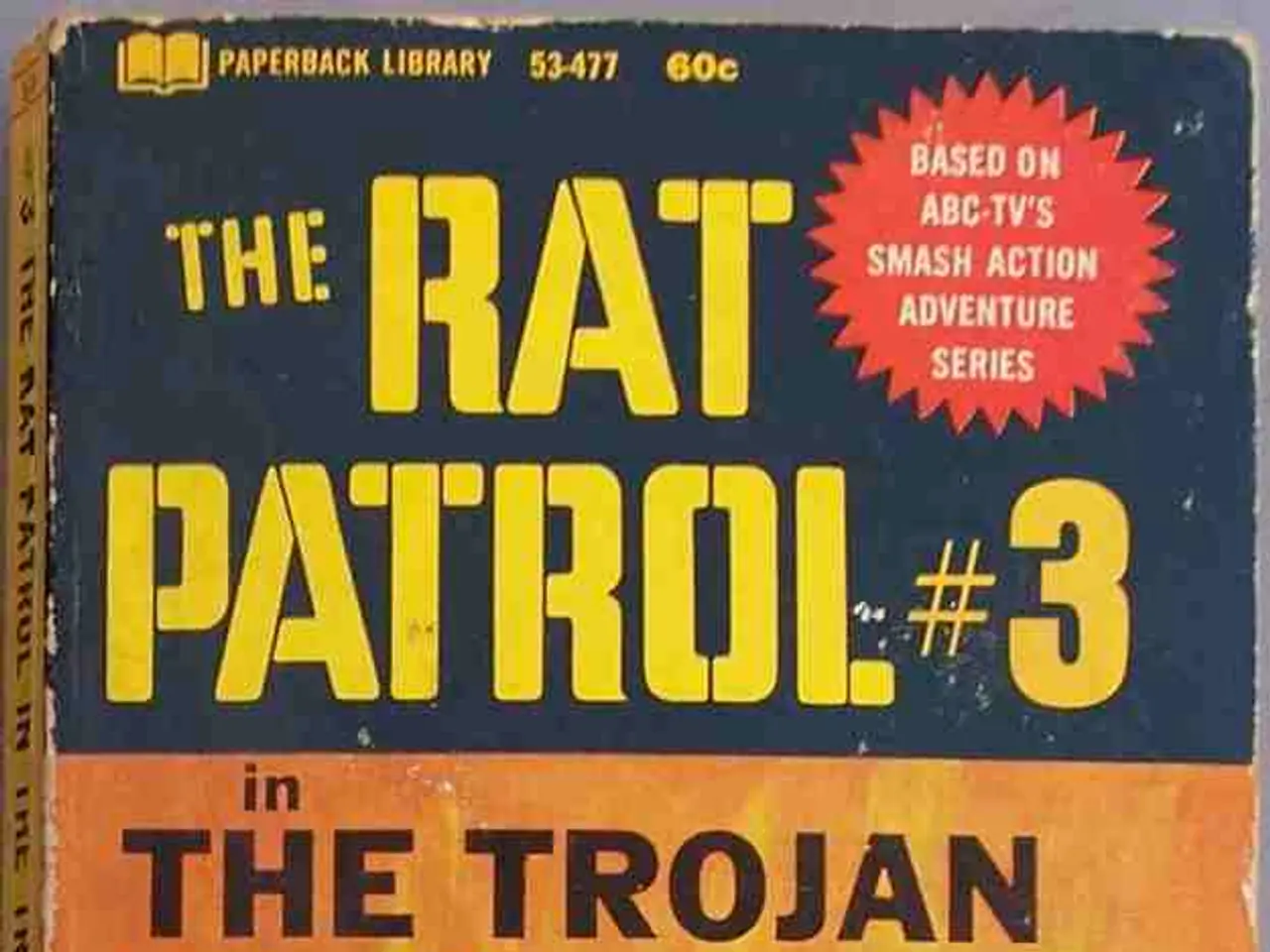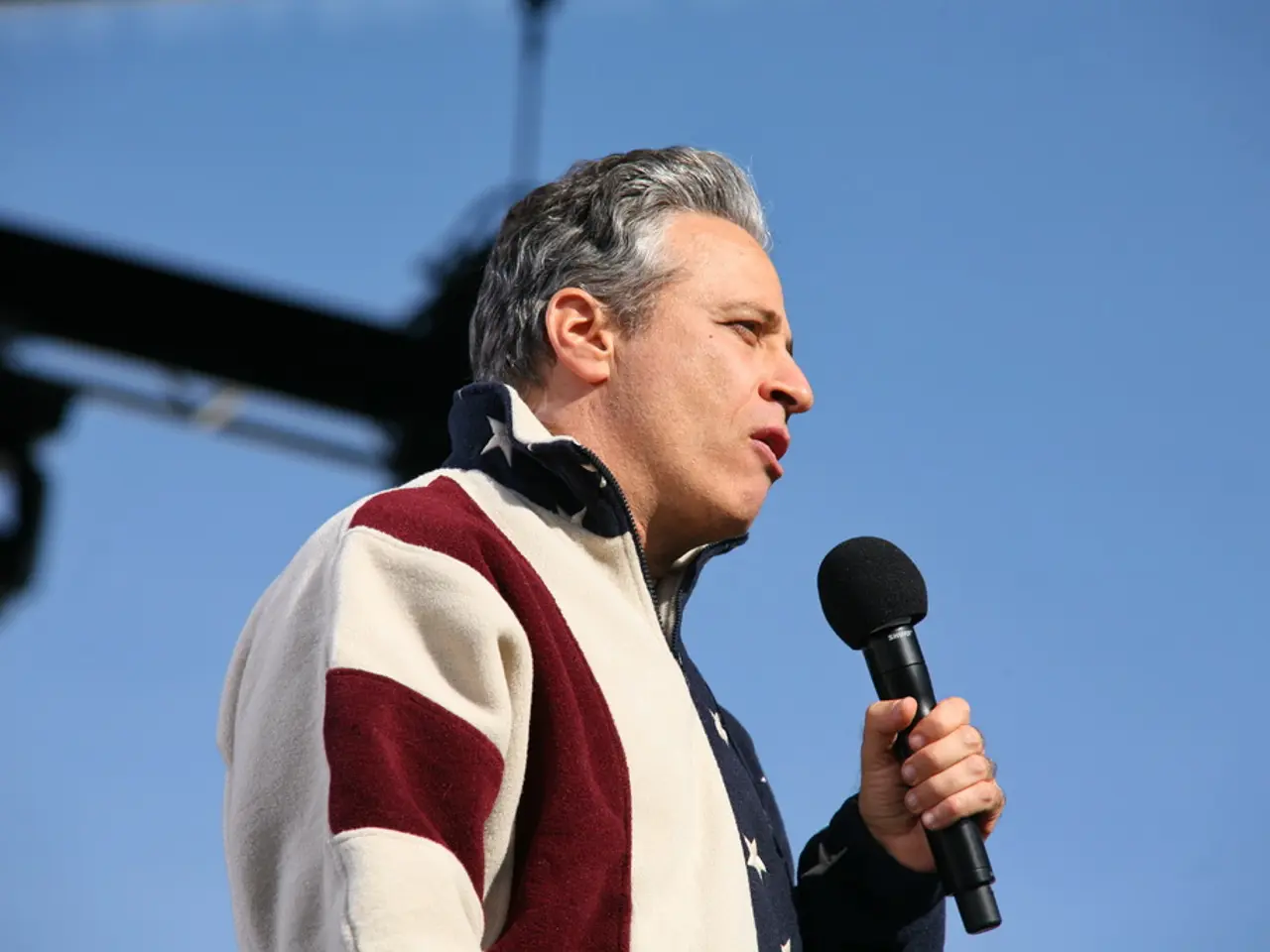Trump's recent alteration in his approach towards Russia impacts the equation in Ukraine. What triggered this shift?
In a significant change from previous administrations, President Trump's policy towards Ukraine, implemented in his second term (2025), aims to bring an end to the ongoing Russia-Ukraine conflict through a mix of pressure and cautious support.
Key details of this policy shift include a focus on negotiations, tariffs, military support recalibration, geopolitical realism, reduced direct U.S. military involvement, and a balance of diplomatic relations.
Trump promised a swift end to the war, with a peace plan developed by retired officials from his National Security Council. This plan seeks to force both Ukraine and Russia into peace talks and a ceasefire based on current frontlines. If either party refuses talks, the U.S. would either stop weapons supplies or increase them, respectively.
To isolate Russia economically, Trump threatened severe tariffs targeting Moscow’s trading partners. These "secondary tariffs" are designed to leverage trade to enforce conflict resolution.
In terms of military support, billions of dollars of U.S. military equipment would be purchased by European allies to replenish Ukraine’s weaponry. This indirectly sustains Ukraine’s defense without direct U.S. financial overextension.
The policy does not foresee NATO membership for Ukraine as part of any peace settlement, instead calling for "robust security guarantees" for Ukraine. No U.S. troops are planned to be deployed as peacekeepers in Ukraine, signalling a preference for limited direct military engagement.
Trump expressed admiration for Putin and a desire not to harm Russia unnecessarily but is willing to ramp up sanctions and pressure if Russia rejects peace. This reflects a somewhat transactional and personalist diplomatic approach.
This policy aims to create a framework where both Ukraine and Russia are incentivized to enter talks through contingent supply of weapons and trade pressure, promoting a ceasefire and eventual peace settlement rather than total military victory. By involving European allies in financing and supplying Ukraine, the U.S. seeks to shift the financial and military burden while maintaining influence.
However, this approach risks dissatisfaction from Ukraine and its backers who want full territorial restoration. The secondary tariffs on Russia's trading partners aim to isolate Moscow economically to reinforce pressure for peace, but Trump’s hesitance to harden sanctions as aggressively as possible signals a delicate balancing act.
In sum, Trump's 2025 policy aims to end the war through diplomacy backed by calibrated pressure while reducing direct U.S. financial and military commitments, reshaping support around European allies, and adjusting expectations about Ukraine’s territorial ambitions and NATO integration.
This new approach has not been without controversy. Russia, in response to these ceasefire proposals, has launched the largest air raids of the war, causing terror among the civilian population. The diplomatic strategy towards Ukraine, based on the belief that Russia's invasion was provoked by the U.S. or Ukraine's integration with Europe, has led to multiple ceasefires backed by Washington, only to see Russia escalate the war in response.
Despite these challenges, the U.S. remains committed to finding a peaceful resolution to the conflict, working closely with its allies and partners to achieve this goal.
- The Trump administration's policy towards Ukraine, implemented in his second term (2025), is part of the general news and political discourse, as it focuses on ending the Russia-Ukraine conflict through negotiations, tariffs, and military support recalibration, with a emphasis on pressure and cautious support.
- In line with policy-and-legislation, the U.S. seeks to isolate Russia economically by threatening severe tariffs, and instead calls for "robust security guarantees" for Ukraine, signaling a desire for diplomatic resolution rather than total military victory, while managing direct financial and military commitment and involving European allies.







